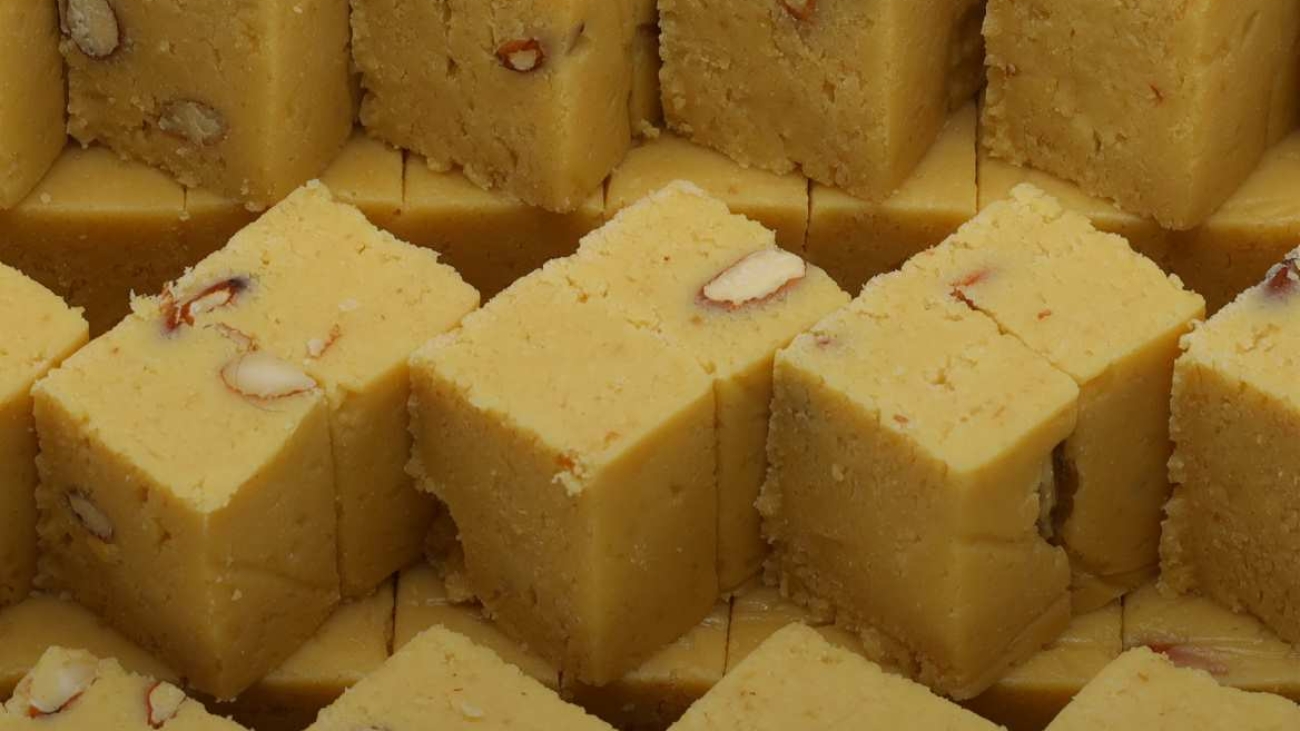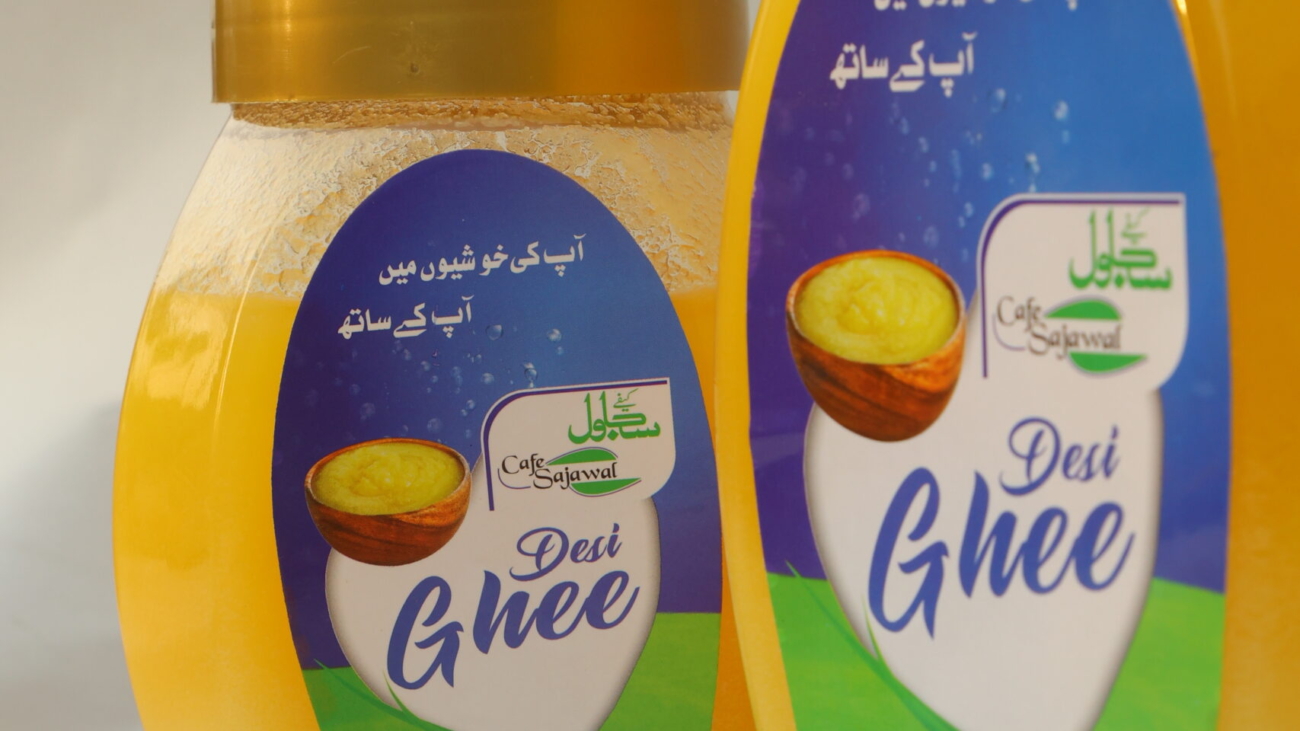Outline
- Introduction to Rustam Barfi
- Origins and History
- Ingredients Used
- Traditional Preparation Methods
- Variations of Rustam Barfi
- Cultural Significance
- Health Benefits
- Serving Suggestions
- Popular Accompaniments
- Rustam Barfi in Modern Cuisine
- Availability and Accessibility
- DIY Rustam Barfi Recipes
- Tips for Making Perfect Rustam Barfi at Home
- Maintenance and Storage
- Conclusion
Rustam Barfi: A Delectable Journey into the World of Indian Sweetness
Rustam Barfi, a delightful confection that tantalizes the taste buds, is a beloved dessert in Indian cuisine. Known for its dense, milk-based texture and sweet flavor, Rustam Barfi holds a special place in the hearts and palates of many. In this article, we delve into the origins, preparation, variations, and cultural significance of this delectable treat.
Origins and History
Rustam Barfi traces its roots back to the rich culinary heritage of India. The exact origins of this sweet are somewhat elusive, but it is believed to have originated in the royal kitchens of the Mughal era. Over the centuries, it has evolved into a cherished delicacy enjoyed during festive occasions, celebrations, and everyday indulgences.
Ingredients Used
The traditional recipe for Rustam Barfi typically includes ingredients such as milk, sugar, ghee (clarified butter), and flavorings such as cardamom, saffron, and nuts. These simple yet wholesome ingredients come together to create a rich and creamy texture with a burst of sweet aromatic flavors.
Traditional Preparation Methods
The preparation of Rustam Barfi involves simmering milk until it reduces to a thick consistency, followed by the addition of sugar and flavorings. The mixture is then cooked further until it reaches the desired consistency and is set in a tray to cool and solidify. Finally, it is cut into square or diamond-shaped pieces and garnished with nuts or edible silver foil for an elegant touch.
Variations of Rustam Barfi
While the classic Rustam Barfi recipe remains timeless, there are numerous variations to suit different tastes and preferences. Some popular variations include chocolate-infused Rustam Barfi, coconut-laden Rustam Barfi, and fruity twists like mango or pineapple-flavored Rustam Barfi.
Cultural Significance
Rustam Barfi holds significant cultural importance in Indian society, often being served during religious festivals, weddings, and other auspicious occasions. It symbolizes sweetness, prosperity, and togetherness, making it an integral part of celebrations and joyous gatherings.
Health Benefits
Despite its indulgent taste, Rustam Barfi offers some health benefits, especially when consumed in moderation. It provides a good source of calcium and protein from the milk content and is relatively low in fat compared to other desserts. Additionally, the presence of nuts adds essential nutrients and healthy fats to the sweet treat.
Serving Suggestions
Rustam Barfi can be enjoyed on its own as a decadent dessert or paired with various accompaniments. It pairs beautifully with hot beverages like chai or coffee, enhancing the overall experience with its creamy texture and subtle sweetness.
Popular Accompaniments
Common accompaniments for Rustam Barfi include dried fruits such as almonds, pistachios, and cashews, which complement the richness of the dessert with their crunchy texture and nutty flavors. Rosewater or saffron-infused syrups are also popular choices for drizzling over the barfi for added aroma and taste.
Rustam Barfi in Modern Cuisine
In recent years, Rustam Barfi has undergone a revival in modern Indian cuisine, with chefs and home cooks experimenting with innovative flavor combinations and presentations. It has also gained popularity internationally, appearing on dessert menus in Indian restaurants worldwide and gaining recognition as a symbol of Indian culinary excellence.
Availability and Accessibility
Rustam Barfi is readily available in Indian sweet shops and confectioneries across the globe, making it accessible to dessert enthusiasts everywhere. Additionally, many online platforms offer the convenience of ordering Rustam Barfi and having it delivered to your doorstep, ensuring that the sweet indulgence is never too far away.
DIY Rustam Barfi Recipes
For those inclined to try their hand at making Rustam Barfi at home, there are plenty of recipes and tutorials available online. With a few simple ingredients and some patience, anyone can recreate the magic of this beloved Indian dessert in their own kitchen.
Tips for Making Perfect Rustam Barfi at Home
- Use full-fat milk for a creamier texture.
- Stir the mixture continuously to prevent it from sticking to the bottom of the pan.
- Add a pinch of saffron for a vibrant yellow hue and delicate flavor.
- Allow the barfi to cool completely before cutting it into pieces to ensure neat slices.
- Store leftover barfi in an airtight container in the refrigerator to maintain freshness.
Maintenance and Storage
Rustam Barfi can be stored in an airtight container in the refrigerator for up to a week, although it is best enjoyed fresh. To preserve its texture and flavor, avoid exposing it to direct sunlight or high temperatures, as this can cause it to spoil or become too soft.
Conclusion
In conclusion, Rustam Barfi is more than just a dessert—it’s a symbol of tradition, celebration, and the rich cultural tapestry of India. With its luscious texture, heavenly aroma, and irresistible sweetness, it continues to captivate hearts and palates around the world, transcending boundaries and bringing joy to all who indulge in its divine flavors.
FAQS:
No, traditional Rustam Barfi contains dairy products such as milk and ghee, making it unsuitable for vegans. However, there are vegan-friendly alternatives available that use plant-based ingredients.
Yes, Rustam Barfi can be frozen for longer storage. Simply wrap it tightly in plastic wrap or aluminum foil and place it in an airtight container before freezing. Thaw it in the refrigerator overnight before serving.
Silver foil, also known as vark, is purely decorative and adds a touch of elegance to the presentation of Rustam Barfi. It is edible and safe for consumption, adding a subtle shimmer to the dessert.
The calorie content of Rustam Barfi can vary depending on the ingredients and portion size. On average, a small piece of Rustam Barfi (approximately 30 grams) contains around 120-150 calories.
Yes, Rustam Barfi can be customized according to personal

 Cart is empty
Cart is empty 
